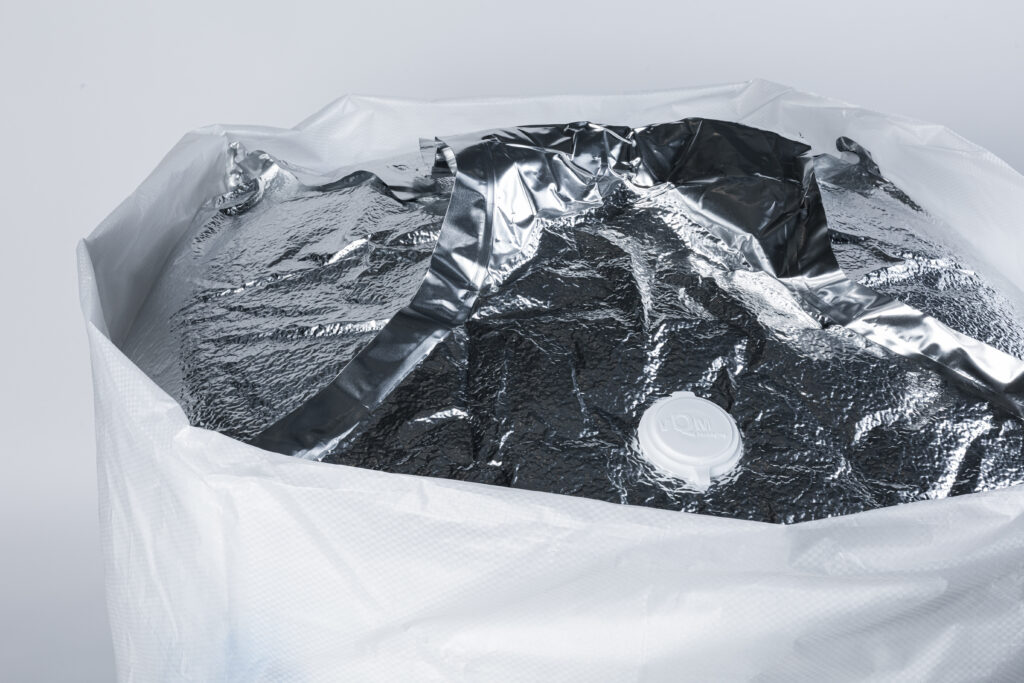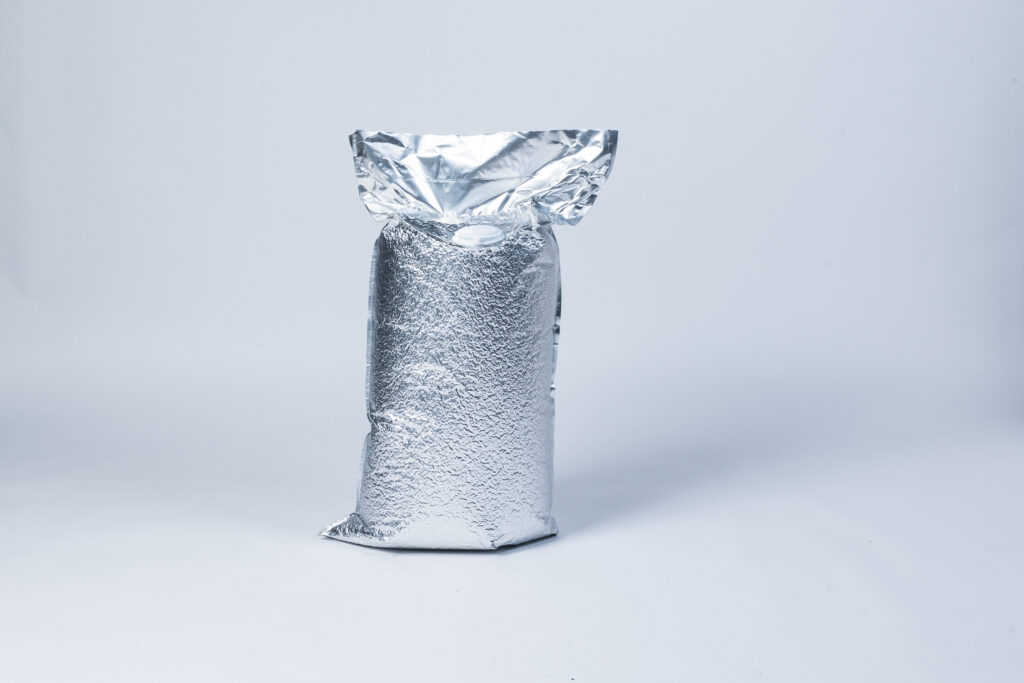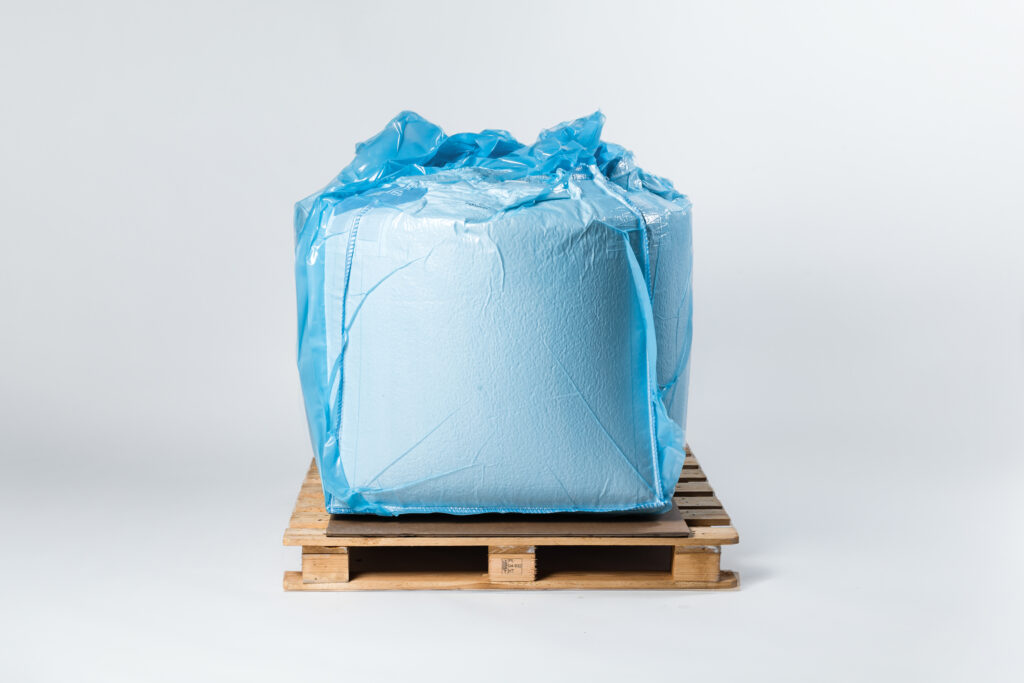The main problems of food producers
From the moment of harvest or production of food products, the battle against time begins, which causes degradation of the product quality. Consumers expect healthy and minimally processed food, preferably without artificial additives or preservatives. This forces food producers to take action to ensure maximum protection of the product quality, which in the customer’s perception is, for example, taste, smell, crispiness and shelf life.
Food is a biologically active product. Its freshness and shelf life are influenced by both internal factors, such as: the presence of microorganisms, water activity, pH value, cellular respiration, composition and external factors, such as storage temperature, hygiene conditions, processing methods and gas atmosphere.
One of the key factors influencing product degradation is temperature. It has a direct impact on the development of microorganisms, most of which develop fastest at 20-30 degrees. At low temperatures, these harmful processes occur much slower, but are not eliminated (an example of bacteria from the Pseudomonas group).
In addition to low storage temperature, a popular tool for maintaining quality and extending shelf life is packaging in a modified atmosphere (MAP) and in a vacuum.
Why is vacuum and modified atmosphere packaging so popular?
MAP can be defined as the closure of food in a high-barrier package in which the atmosphere inside is modified or changed to ensure an optimal gas structure in order to extend the shelf life and maintain the quality of the food.
This is a widely used method, visible mainly in consumer packaging – i.e. at the last stage of the finished product.
Paktainer packaging, big bags or liners allow the use of this technology already at the stage of raw material, semi-finished product or finished product before packaging, in large collective packages, even with a capacity of over 2000 l. This allows for smoothing the production process, savings on the side of the raw material and logistics processes and, most importantly, providing the customer with a product of the highest quality.
When modifying the atmosphere in the packaging, gases naturally occurring in the air are used:

CO2 - carbon dioxide
is popular in modified atmosphere technology. Insects often found in food raw materials or most microorganisms such as molds, fungi or aerobic bacteria are very sensitive to the effects of this natural gas, in higher concentrations (there is only 0.04% of it in atmospheric air).

N - nitrogen
They are designed for packing materials that, due to their consistency, tend to jam during emptying. The method for this is to use an inverted cone in the lower part of the body, which allows for easier emptying.

O2 - oxygen
oxygen is in most cases an undesirable gas. Oxidation is the cause of the breakdown of vitamins or fats, for example. Unsaturated fatty acids become rancid in the oxidation process. Oxygen also enables the growth of aerobic bacteria. It also affects the browning of fresh fruit, for example. On the other hand, it can maintain the desired red color of fresh meat.
Vacuum packaging is equally popular.
It consists of reducing the pressure inside the package from about 1000 hPa (atmospheric pressure) to a value usually in the range of 300-400 hPa. Of course, it is possible to create a larger vacuum, even below 100 hPa, but due to the high negative pressure and the forces that act on both the package and the packaged product, these are rarely encountered values.
In the case of products with sharp edges such as almonds, pistachios or hard plant elements such as stems, with a very deep vacuum, the risk of puncturing the package increases, and thus its leakage and loss of vacuum. In turn, with some products, an undesirable effect is a change in the physical structure, for example, breaking or crushing the product, which can be seen in the example of a cashew nut.

Vacuum allows for the reduction of oxygen by quantitatively reducing the volume of air in the package.
However, taking into account even a deep vacuum of approx. 300 hPa, we finally achieve the equivalent of approx. 6% oxygen content. Values within 2% oxygen content become practically unattainable for vacuum. In the case of such customer requirements, it is necessary to modify the atmosphere using nitrogen.
On the other hand, vacuum is a cheaper process, because it does not require the purchase of additional gases and, in the case of large-volume products, a significant reduction in the size of the product and packaging is achieved, which optimizes storage and transport costs.




Advantages of vacuum and modified atmosphere packaging
- Inhibits microbial growth
- Delays metabolic activity of intact plant tissues and post-mortem metabolic activity of animal tissues
- Interferes with destructive chemical reactions, including enzyme-catalyzed oxidative browning, lipid oxidation, chemical changes associated with color degradation, fish autolysis, and general loss of nutritional value of food
- Blocks moisture loss (due to the barrier properties of the packaging used)
Increases shelf life by up to several times
Reduced economic losses due to longer storage - Reduced distribution costs, longer distribution distances, and fewer deliveries required
- Little or no need for chemical preservatives or fumigants
Paktainer packaging with vacuum and modified atmosphere function
Depending on the product being packaged
and the goals we want to achieve, Paktainer uses multilayer barrier films based on EVOH and aluminum-based laminates.
EVOH layered foils
and PA (nylon) have low permeability to gases such as oxygen or carbon dioxide and are also puncture resistant.
Aluminum based laminates
they offer a very high barrier not only to gases, but also to moisture, aromas and light.
Paktainer offers both big bags equipped with liners with valves and liners alone – which can constitute the internal packaging for octabins, box pallets or special hoods for bulk packaging of already packed products.
Modified Atmosphere Packaging (MAP) Applications
MAP has a transformative impact across industries
If you’ve ever opened a package of washed lettuce, you’ve encountered MAP. It’s what keeps lettuce leaves crisp and fresh, even days after purchase. MAP also extends the shelf life of meats, cheeses, ready meals, baked goods, and snacks like crisps and nuts.
Thanks to our FIBC technology
we can extend the benefits of Modified Atmosphere Packaging to products such as grains, nuts, dairy, rice, powdered products and many more.
The scope of MAP does not end with food
In the pharmaceutical industry, MAP plays a key role in maintaining the quality and safety of tablets and powders.
Modified atmosphere in agriculture
Modified Atmosphere Packaging is essential to agriculture, helping to preserve the freshness and quality of crops during storage and transportation—whether they are fruits, vegetables, or grains. Modified Atmosphere Packaging: A Champion of Preservation and Sustainability
MAP reduces food waste
By extending the shelf life of food products, MAP helps reduce food spoilage and waste. When we waste food, we also waste the resources used to produce it—water, energy, labor, and more. By reducing food waste, MAP also helps conserve these valuable resources.
MAP increases the efficiency of transport and storage
With a longer shelf life, products can be transported longer distances without the risk of spoilage. This opens up new market opportunities and reduces the need for energy-intensive air freight. In addition, the extended shelf life improves inventory management, reducing the costs of excess inventory, refrigeration and storage.
MAP enables maintenance without the use of chemicals
Traditional preservation methods often rely on chemical additives that can be off-putting to consumers and harmful to the environment. In contrast, MAP uses naturally occurring gases such as oxygen, nitrogen, and carbon dioxide to extend shelf life. This chemical-free approach taps into growing consumer demand for clean-food products and is a more natural and sustainable solution. By avoiding chemical preservatives, MAP reduces the environmental damage caused by chemical production and disposal. The gases used in MAP are naturally present in the air and are released harmlessly into the atmosphere once the package is opened, unlike synthetic chemicals that can contribute to pollution.



